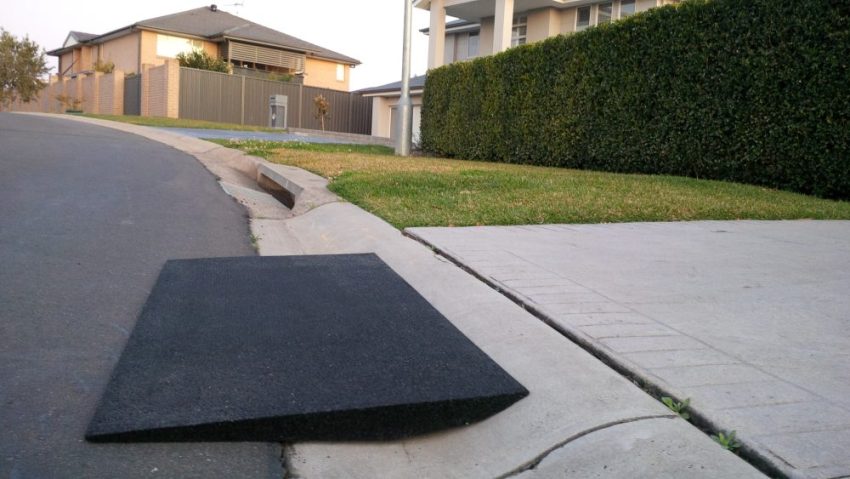If you or a loved one has mobility challenges, accessing your home can sometimes be difficult. Steps, uneven surfaces, and other obstacles can make it difficult for people with mobility issues to enter and exit their homes safely. One simple solution to this problem is the use of kerb ramps.
What are Kerb Ramps?
Kerb ramps, also known as curb ramps or wheelchair ramps, are small ramps installed at the edge of a kerb or curb to provide a smooth transition from the sidewalk to the street. These ramps are typically made of concrete or asphalt and are designed to be durable, slip-resistant, and easy to use.
Benefits of Kerb Ramps
Installing kerb ramps at your home can provide several benefits. They can improve accessibility for those with mobility challenges, such as individuals who use wheelchairs, walkers, or scooters. These ramps make it easier for these individuals to enter and exit their homes, which can help increase their independence and overall quality of life.
Kerb ramps can also make it easier for caregivers to assist individuals with mobility challenges. By providing a smooth, level surface, kerb ramps can make it easier for caregivers to push wheelchairs or other mobility devices in and out of the home. This can help reduce the risk of accidents and injuries, which can be especially important for those who require frequent assistance with mobility.
In addition to improving accessibility, kerb ramps can also provide benefits for those who do not have mobility challenges. For example, kerb ramps can make it easier for people to push strollers or wheeled luggage in and out of the home. This can be especially useful for families with young children or for those who frequently travel.
Kerb ramps can also help improve the overall appearance of your home. By providing a smooth transition from the sidewalk to the street, kerb ramps can help create a more cohesive and attractive look for your home. This can be especially important if you are looking to sell your home, as kerb ramps can help increase its curb appeal and potentially increase its value.
Choosing and Installing Kerb Ramps
If you are interested in installing kerb ramps at your home, there are a few things to consider. First, you will need to determine the size and type of ramp that is appropriate for your home. There are a variety of kerb ramp sizes and styles available, and the right ramp for your home will depend on factors such as the height of the kerb, the width of the sidewalk, and the type of mobility device that will be used.
In addition to choosing the right ramp for your home, you will also need to consider the installation process. Some kerb ramps are designed to be installed by the homeowner, while others may require the assistance of a professional contractor. If you are unsure about how to install a kerb ramp, it is always best to consult with a professional to ensure that the ramp is installed properly and safely.
Kerb Ramps for Commercial Properties
It’s important to note that kerb ramps are not only useful for residential properties. They can also be installed at commercial buildings, such as shops, schools, or office buildings, to improve accessibility for those with mobility challenges. In fact, in many cases, the installation of kerb ramps may be required by law to ensure that buildings are accessible to individuals with disabilities. By installing kerb ramps at your commercial property, you can help create a more inclusive and welcoming environment for all individuals, regardless of their mobility abilities. Additionally, installing kerb ramps at your commercial property can help you comply with accessibility laws and regulations, which can help prevent legal issues in the future.
In conclusion, kerb ramps are a simple and effective way to improve accessibility at home. By providing a smooth, level surface, kerb ramps can make it easier for individuals with mobility challenges to enter and exit
